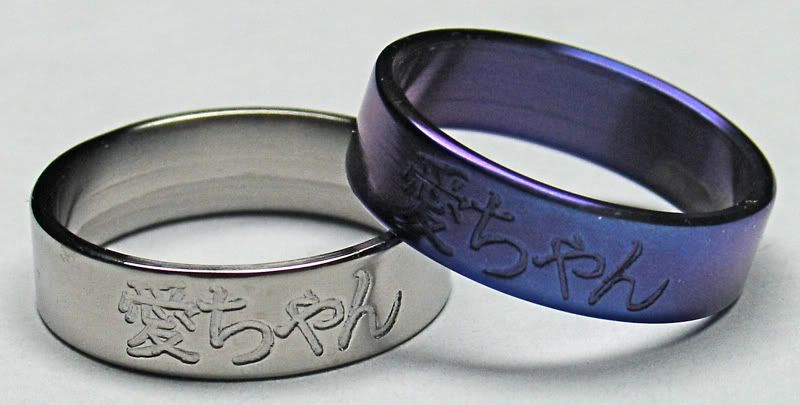Titanium does not become harder to cut at high speeds. It seems that way but its not quite right.
Titanium has terrible thermal conductivity. So the heat of cutting all goes through the cutting tool. When this happens the edge breaks down quickly and then you start rubbing. The rubbing work hardens the material almost instantly. Things start snowballing from here.
So when turning titanium keep your tools sharp and use coolant of some kind, wether it be air, mist or full flood. Especially if you are using HSS. If you are using carbide you can run three to four times faster.
And dont stop and let the tool rub! Heavy feeds can help tool life as well.
Titanium is easy to anodize. I build a variable voltage power supply, 0-150v DC, 3 amps, using an old variac, bridge rectifier, electrolytic cap, and a panel meter. Use a solution of TSP and some water to make electrolyte. Use a piece of your turnings as a cathode in the water (Negative) and use a hook made from titanium to hold your work. Start at low voltage and increase. The anodizing builds a layer of Titanium Oxide on the surface. The higher the voltage the thicker the layer and that effects the color reflected.
I have posted this pic before, but here are a couple rings I made out of Ti.






